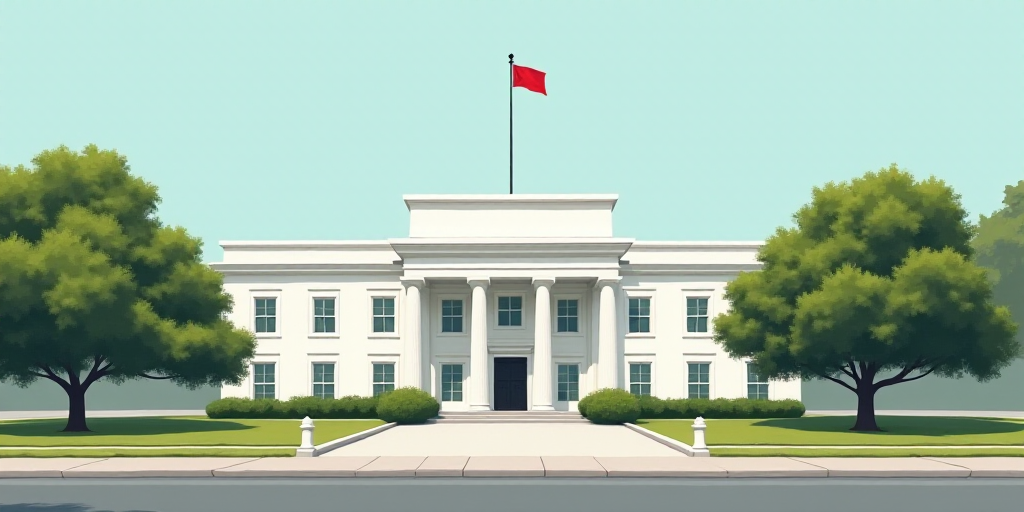Background on Key Figures and Context
The Federal Reserve, led by Chair Jerome Powell, is the central banking system of the United States. It sets monetary policy to promote maximum employment, stable prices, and moderate long-term interest rates. Two key figures in the recent discussions are Vice Chair for Supervision Michelle Bowman and Governor Christopher Waller.
Michelle Bowman, appointed in 2018, is responsible for overseeing the safety and soundness of banking organizations with more than $100 billion in assets. Christopher Waller, appointed in 2019, focuses on monetary policy and research.
Fed Decision to Keep Interest Rates Unchanged
In the July meeting, the Federal Open Market Committee (FOMC) decided to maintain the federal funds rate target range at 4.25% to 4.50%. This decision was supported by almost all participants, according to the minutes released on Wednesday.
Bowman and Waller’s Dissenting Votes
However, Vice Chair Bowman and Governor Waller voted against keeping the interest rates unchanged, advocating for a quarter-point reduction to prevent further weakening of the labor market. This marked the first time since 1993 that more than one Federal Reserve governor disagreed with a rate decision.
Economic Data Influencing the Decision
Less than 48 hours after the July meeting, data from the Department of Labor seemed to confirm Bowman and Waller’s concerns. The report showed fewer job creations than expected in July, an increase in unemployment rate, and a decline in labor force participation.
More alarming was a historical downward revision of employment estimates for the previous two months, erasing over a quarter-million jobs believed to have been created in May and June. This revision cast doubt on the prevailing narrative of a still-strong labor market.
President Trump’s Reaction
The revision angered President Donald Trump, leading to the dismissal of the Director of the Bureau of Labor Statistics. However, subsequent data has supported those cautious about rapid interest rate cuts due to Trump’s aggressive tariffs, as the annual underlying consumer inflation rate accelerated more than expected in July, followed by a significant jump in producer prices.
Debate on Tariffs’ Impact
The Fed minutes revealed ongoing discussions about tariffs’ effects on inflation and the degree of monetary policy restriction. Some participants noted that the current federal funds rate might be close to its neutral level, where economic activity is neither stimulated nor constrained.
While the impact of tariff increases has become more apparent in certain goods’ prices, the overall effect on the economy and inflation remains uncertain, according to the minutes.
Future Policy Considerations
Looking ahead, participants acknowledged they might face challenging choices if persistent high inflation coincides with weakening labor market prospects.
Key Questions and Answers
- What is the Federal Reserve’s decision regarding interest rates? The FOMC decided to keep the federal funds rate target range at 4.25% to 4.50%.
- Who dissented from this decision? Vice Chair for Supervision Michelle Bowman and Governor Christopher Waller voted against keeping the rates unchanged.
- Why did Bowman and Waller advocate for a rate cut? They wanted to prevent further weakening of the labor market.
- What economic data influenced their dissenting votes? Recent job creation, unemployment rate, and labor force participation data raised concerns about the strength of the labor market.
- How did President Trump react to this data? He was angered by the revisions and dismissed the Director of the Bureau of Labor Statistics.
- What are the ongoing discussions regarding tariffs’ impact on monetary policy? Fed officials are debating tariffs’ effects on inflation and the appropriate level of monetary policy restriction.






